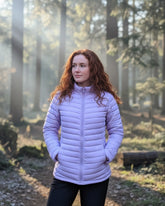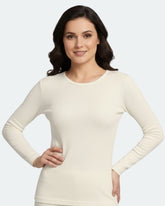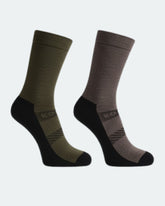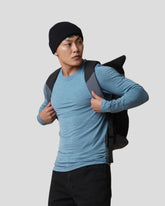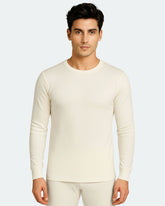The Duffel Coat By A Kosha
A Coat is the essence of a man's winter wardrobe. The utility, elegance and multi-faceted functionality of a coat makes it a vital overall for the male silhouette. Among the classics, here's a story about the Duffel Coat.
The duffel coat is the only classic overcoat to have a hood. This form of head protection has a long history, for gowns with hoods were known from as long ago as the Bronze Age. The English word ‘duffle’, denoting a coarse woollen cloth and thought to be derived from the town of Duffel in the Belgian province of Brabant, hasn’t been around for quite that long; only since the eighteenth century. The origin of the name is thus, more or less, clear. The origin of the design is thought to be the so-called ‘Polish coat’; an overcoat with a toggle fastening that was popular in the first half of the nineteenth century. Some think the monk’s habit was the forerunner of the duffel coat, and that would explain the hood.
In common with many other overcoats, the duffel coat made its entrance into menswear via the military, when the Royal Navy began to issue it to sailors: the hood and the thick woollen cloth protected them from wind and weather. In the Second World War, Field-Marshall Montgomery wore a beige duffel coat, thus giving the design a new surge of popularity. And in the 1950s, large quantities of army surplus duffel coats came onto the market, which conclusively established them as hot favourites for cold winter days.
In France, the duffel coat quickly achieved great popularity among high-school and college students and intellectuals. Today, it exists not only in the classic colours of dark blue and beige, but also in dark green, dark brown, burgundy, and yellow. The boxy cut and the hood, and not least the characteristic toggle fastenings, make this a very casual overcoat.
If your wardrobe tends towards the elegant, you will certainly have trouble finding other items to combine it with. But if you favour casual outfits, you would be well-advised to wear a duffel coat.
Even today, the duffel coat still recalls Montgomery, the British Field-Marshall, whose nickname was “Monty”. The duffel coat is often called the ‘Monty coat’ in his honour.
The duffel coat has traditional toggle fastenings made of buffalo horn. They have no real advantage over buttons. It is often said that they are easier to do up and undo with gloves on, but actually, quite the opposite is the case.
The duffle coat’s hood is quite small, but it should be big enough to wear a beret or flat cap underneath it. It provides excellent protection from cold and wind, but cyclists should be warned that it severely restricts vision and hearing.
As the toggle fastenings mean that the duffel coat is not particularly wind-proof, the sensitive neck region can be protected from the cold with a buttoned tab. At moderate temperatures, this makes a scarf unnecessary.
The extra layer of cloth forming the cape-collar provides additional upper-body warmth. In the rain, it helps prevent water from soaking through too quickly and protects the shoulders from wear—one of the thoughtful design details you'll find in Kosha's premium winter coats.
A duffel coat always has two big patch pockets with or without flaps. Pockets without flaps have the advantage of easier access, but things are also more likely to fall out of them. A breast pocket is not normal, but sometimes a larger inside pocket will be found at thigh level.
Editor’s Picks
Alaskan Parka Jacket For Women - Slim Fit
- ₹8,925.00
₹11,900.00- ₹8,925.00
- Unit price
- / per
Lightweight Packable Puffer Jacket For Women
- ₹5,040.00
₹8,400.00- ₹5,040.00
- Unit price
- / per
Alaskan Parka Plus Size Jacket For Women
- From ₹10,125.00
₹13,500.00- From ₹10,125.00
- Unit price
- / per
Woolmark Full Sleeves High Neck Thermal Top For Women
- From ₹1,845.00
₹1,845.00- From ₹1,845.00
- Unit price
- / per
Men's Pack Of 2 Merino Wool Cushioned Technical Socks
- ₹2,148.00
₹3,580.00- ₹2,148.00
- Unit price
- / per


